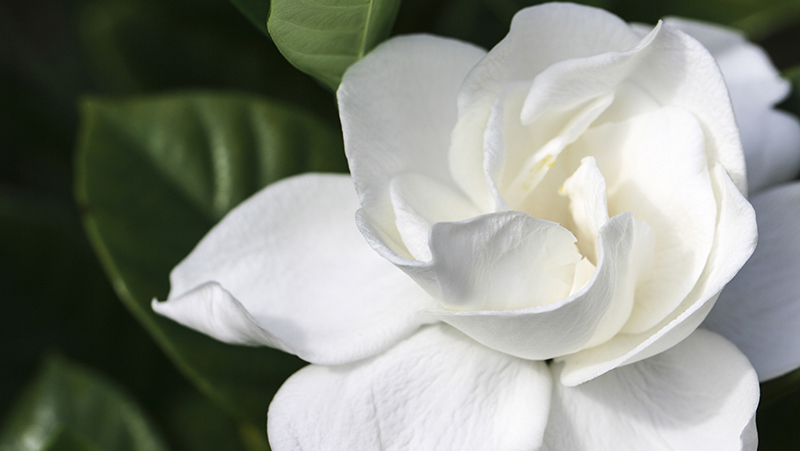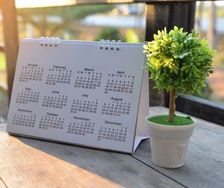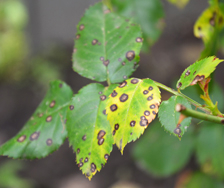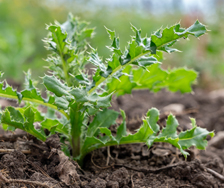Yates Account
Join now
Create a Yates account today!
Sign up to join the Yates Garden Club for monthly e-mails packed with seasonal inspiration, tips for success & exclusive promotions.
Plus if you’re a Garden Club member you can take part in the Yates Growing Community - a blog to share successes, get advice & win prizes in fun challenges along the way!

Forgot password
Enter the email address associated with your account, and we'll email you a new password.

Gardenias have become firm garden favourites. Their evergreen good looks and their refined white, stunningly perfumed flowers have seen their popularity skyrocket in recent years.

In many parts, we are anxiously waiting for the first gardenia flowers to appear. Gardenias will grow well out of their preferred tropical or warm climate native habitat, even tolerating a little frost, but they can be slow to bloom in cooler areas. Best flowering occurs when days are warm and nights are still reasonably cool. Usually by Christmas, gardenias are in full bloom.
To flower well, most gardenias need some sun. They’ll grow in full sun in cooler areas but, in most climates, their favourite aspect is morning sun and afternoon shade. Water the plant regularly but make sure the water can drain away. Dry gardenias will drop their buds and, possibly, even some of their leaves. Mulch over the root system with an organic layer (pea straw or lucerne is ideal) and make sure that potted gardenias, particularly, aren’t allowed to dry out between waterings.
When potting up gardenias, dig some pre-hydrated Yates Waterwise Water Storage Crystals into the potting mix – they’ll help hold extra moisture. In very dry climates, it can also be helpful to mist spray water over the leaves on hot days, although not when the sun is directly hitting the plant.
There are many gardenia cultivars, but the perennial favourite is Gardenia 'Veitchii' a medium grower with pure white double blooms. There are some taller growing gardenias such as Gardenia 'Magnifica' or Gardenia 'Professor Pucci'. But if you prefer a lower growing form, look for Gardenia 'Radicans', which is a hardy little ground cover.
Feed gardenias throughout the year with a slow-acting, fertiliser such as Yates Thrive Rose & Flower Granular Plant Food. Gardenias prefer an acidic soil so, if necessary, treat with Yates Soil Acidifier Liquid Sulfur to lower pH.
Sometimes in spring, the old leaves of gardenias turn yellow. This is usually caused by the magnesium in the older leaves moving into the new ones. Mostly, the problem rights itself as the weather gets warmer, but a spring treat like Yates Leaf Greener Magnesium Chelate can hasten the improvement.
Watch for scale and sooty mould on the leaves. Treat with Yates Conqueror Spraying Oil. Once the scale die, the mould will eventually fall away. Gardenias will take quite hard pruning, which can be done in late winter/early spring in most areas. Autumn pruning works well in warm climates.

















Share
Share this article on social media